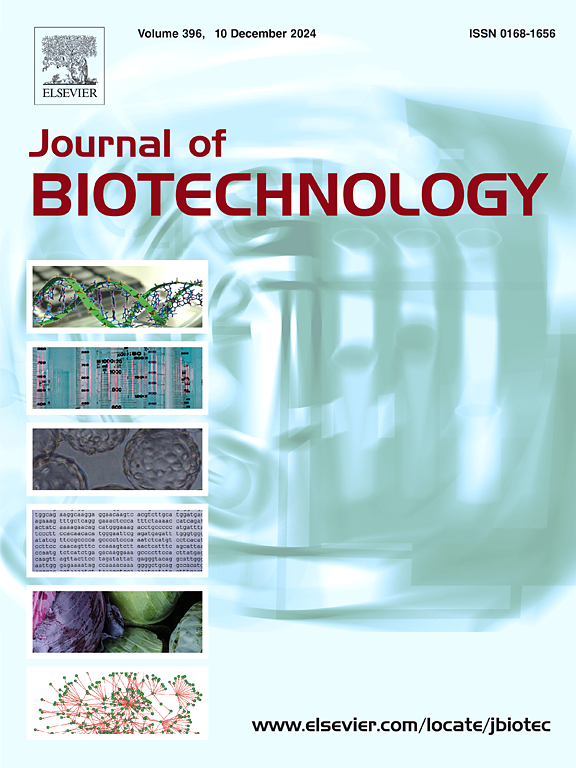Application of a novel virus-like particle platform to the development of Neisseria vaccines
IF 3.9
2区 生物学
Q2 BIOTECHNOLOGY & APPLIED MICROBIOLOGY
引用次数: 0
Abstract
Development of vaccines against meningococcal meningitis has been driven by the identification of protective protein antigens. In the case of gonorrhoea, this has been less successful, although there is evidence that a vaccine against the causative agent of meningococcal meningitis, Neisseria meningitidis, elicits some protection against infection by Neisseria gonorrhoeae, which causes gonorrhoea. Here we describe an approach that uses antigen fusion to antibody Fc domains and attachment to an engineered virus-like particle (VLP) platform to display multiple Neisseria antigens. Any combination of antigens which are fused to an antibody Fc domain can be attached to the VLP, a technology we have termed ‘AbBind’. We exemplify this invention with seven antigens which are vaccine candidates for protection against meningococcal or gonococcal infection. Antigens are expressed as Fc fusions in HEK cells, purified using Protein A and then added to the AbBind VLP core. Five antigens induce potent IgG antibody responses in mice, as fusions to Fc and/or in complex with the VLP core. This highly adaptable platform integrates well with mammalian expression pipelines which are commonly used for antibody production and is therefore readily scalable. The results raise the prospect of jointly formulated vaccines to elicit protection against both diseases.
新型病毒样颗粒平台在奈瑟菌疫苗开发中的应用
保护性蛋白抗原的鉴定推动了脑膜炎球菌性脑膜炎疫苗的开发。在淋病方面,这方面不太成功,尽管有证据表明,针对脑膜炎球菌性脑膜炎的病原体脑膜炎奈瑟菌的疫苗可以在一定程度上防止引起淋病的淋病奈瑟菌的感染。在这里,我们描述了一种利用抗原融合抗体Fc结构域和附着到工程病毒样颗粒(VLP)平台来显示多种奈瑟菌抗原的方法。融合到抗体Fc结构域的任何抗原组合都可以附着在VLP上,我们将这种技术称为“AbBind”。我们用七种抗原举例说明这一发明,它们是预防脑膜炎球菌或淋球菌感染的候选疫苗。抗原在HEK细胞中以Fc融合体表达,用Protein A纯化,然后加入AbBind VLP核心。在小鼠中,五种抗原与Fc和/或与VLP核心融合可诱导有效的IgG抗体反应。这种高度适应性的平台与通常用于抗体生产的哺乳动物表达管道很好地集成,因此易于扩展。这一结果提出了联合研制疫苗以预防这两种疾病的前景。
本文章由计算机程序翻译,如有差异,请以英文原文为准。
求助全文
约1分钟内获得全文
求助全文
来源期刊

Journal of biotechnology
工程技术-生物工程与应用微生物
CiteScore
8.90
自引率
2.40%
发文量
190
审稿时长
45 days
期刊介绍:
The Journal of Biotechnology has an open access mirror journal, the Journal of Biotechnology: X, sharing the same aims and scope, editorial team, submission system and rigorous peer review.
The Journal provides a medium for the rapid publication of both full-length articles and short communications on novel and innovative aspects of biotechnology. The Journal will accept papers ranging from genetic or molecular biological positions to those covering biochemical, chemical or bioprocess engineering aspects as well as computer application of new software concepts, provided that in each case the material is directly relevant to biotechnological systems. Papers presenting information of a multidisciplinary nature that would not be suitable for publication in a journal devoted to a single discipline, are particularly welcome.
 求助内容:
求助内容: 应助结果提醒方式:
应助结果提醒方式:


